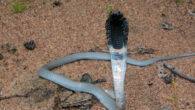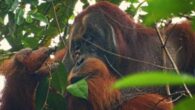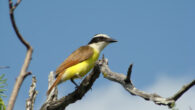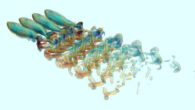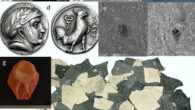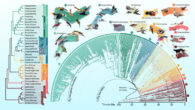Madagascar is the most plausible center of origin for the iconic baobabs, also known as upside-down trees, or the tree of life, according to new research. The baobab tree in Senegal. Image credit: Viajesunion2. The genus Adansonia, better known as the baobabs and ‘mother of the forest’, has captivated botanists, tourists, naturalists and passers-by for centuries. Probably the earliest record of humans marveling at these amazing trees can be traced...





